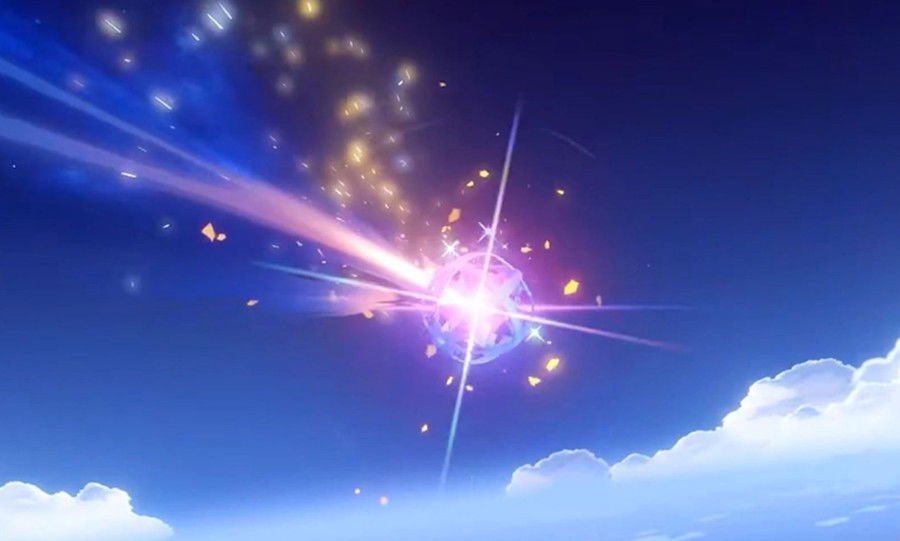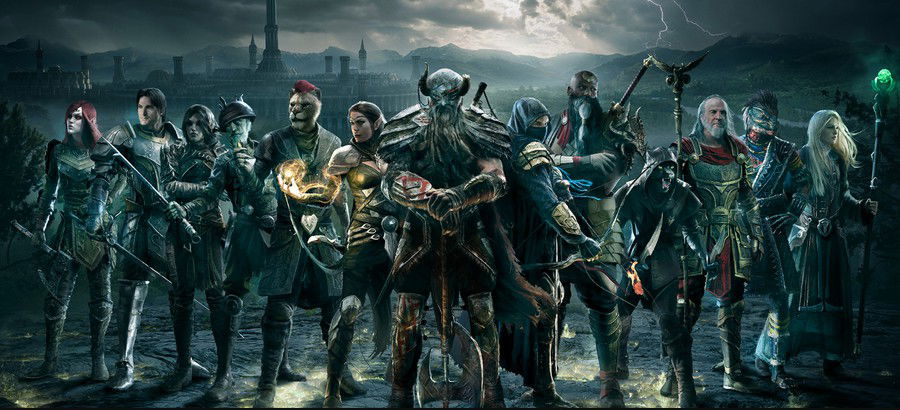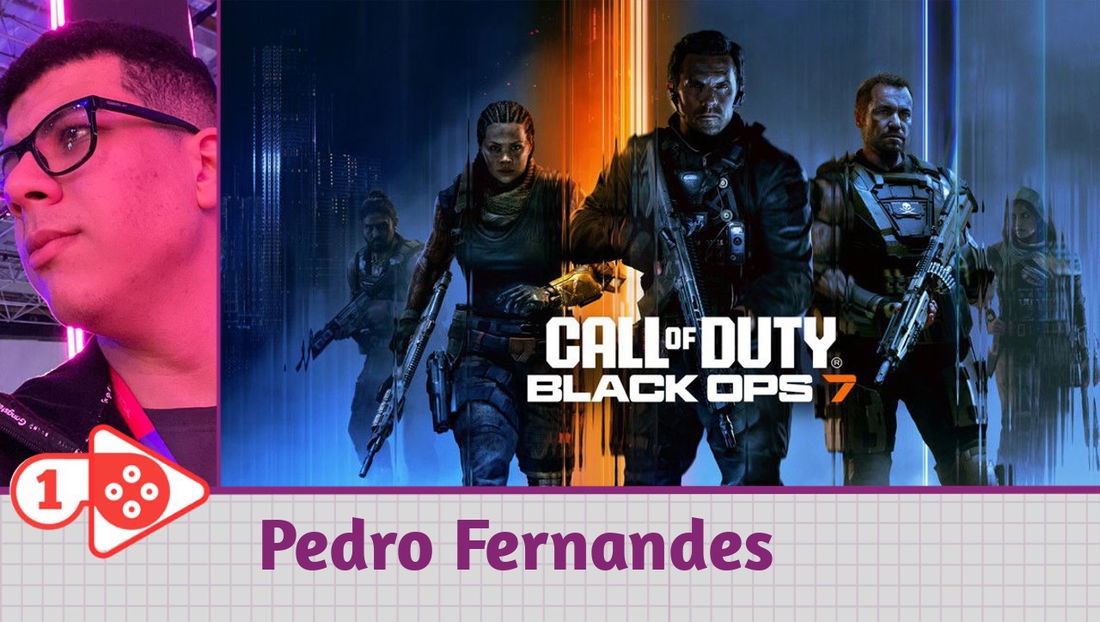You've probably played at least one MMORPG. That's not a question, it's a fact. Practically every gamer, PC or console, has at some point created an account on an MMORPG. Whether it was back in the days of LAN houses, with games like Ragnarok Online or Tibia, or in the more current, paid, subscription-based ones, such as World of Warcraft or Black Desert Online, even if it's just to take advantage of the free month and try the game and say "it's not for me."
The fact that they are free also helps to popularize them. After all, playing video games is an expensive hobby (and getting more expensive), which forces players to look for free alternatives to pass the time. The social aspect also helps. Making new friends, meeting interesting and new people, sometimes from the other side of the world, attracts players to games like massive RPGs.
For one reason or another, massively multiplayer online games (MMORPGs) have probably been part of your gaming routine at some point. That's normal, right? After all, there's a huge selection of them out there. However, these games have been losing ground to Live Services and Gacha games. Why? What reasons have led these new game styles to take over the space previously occupied by MMORPGs? We'll explain, and if you have any questions, leave a comment.
How it all began
It all started in the 70s and 80s, when students and programmers began creating MUDs (Multi-User Dungeons), completely text-based games that ran on terminals connected to university servers. There, each player typed commands to explore dungeons, fight monsters, and chat with other players.

These shared worlds introduced something new: the idea that a game could continue to exist even when you left it. In the 1990s, with the popularization of the internet, this idea transformed into graphical experiences like Meridian 59 and Ultima Online, which turned lines of text into living, colorful worlds. Ultima Online, in 1997, showed the market potential of this—people paid to live a second virtual life.
Shortly after, EverQuest brought 3D and solidified the model of progression and cooperation in large groups. But it was with World of Warcraft, in 2004, that the MMORPG became a worldwide phenomenon. The game simplified access, brought technical polish, and created gigantic communities, redefining how millions of people interacted online. From then on, the genre ceased to be just about fantasy and grinding: it became a new form of social interaction and one of the greatest expressions of gamer culture.
The peak and the turning point
During the 2000s, MMORPGs reached their peak. World of Warcraft surpassed ten million subscribers and became a cultural phenomenon, influencing everything from the design of other games to how online communities organized themselves. Its success spawned dozens of competitors—Ragnarok Online, Lineage II, Guild Wars, Final Fantasy XI—all trying to capture the same audience.
For a time, it seemed this would be the definitive future of online gaming. But, as the years passed, the subscription model began to take its toll, and the audience fragmented. The rise of free-to-play games and the emergence of mobile gaming changed the market, and the genre lost the luster it had in its golden years.
Many MMOs closed their doors, and studios realized they’d need to reinvent the formula to survive in the new digital age. Despite this setback, World of Warcraft is still going strong with its subscription system, although it’s one of the few survivors.
The era of gacha and live service
With the decline of traditional MMORPGs, the market began to migrate to a new engagement model: games as a service, or live service. Instead of charging fixed monthly fees, these games became free-to-play, earning money through microtransactions and ongoing reward systems. You could play for free, but the coolest things go behind a paywall. They aren't necessary, but they’re interesting and attract the audience.
That's when gacha games, inspired by Japanese capsule toys, dominated the space—offering random characters or items in exchange for virtual currency. This simple and addictive mechanic completely changed the way games are monetized. In titles like Genshin Impact, Star Rail and Fate/Grand Order, the element of luck became an essential part of the experience, creating a mix of addiction, excitement, and frustration. Simultaneously, the concept of seasons, battle passes, and limited-time events transformed the pace of gameplay into something constant, almost like a digital routine.
This approach brought enormous profits, but also criticism for encouraging impulsive spending, minimal chances of getting something truly good, a lack of mechanics to prevent players from overspending (cases of children spending thousands of dollars on a game without knowing they were using real money are recurrent), and exhausting creators with endless updates. Even so, the financial success showed that the model is here to stay, and today virtually every online game tries to follow this live service structure and faces resistance from countries and legislation, such as the European Union, which is seeking ways to regulate the infamous loot boxes.
The Beginning of the Turnaround
Over time, MMORPGs have lost ground to a new type of online game. Gacha games and live services managed to captivate audiences in a different way: faster, more rewarding, and, for many, more addictive. While MMOs demand hours of grinding and commitment to guilds, gacha games deliver a sense of progress in just a few minutes.
Each draw comes with sounds, flashes, and animations that activate that "maybe this time it'll work" instinct. It's the same type of stimulus that casinos use, and it works well because it provides small doses of dopamine with each click. Live service games, on the other hand, rely on constant updates, weekly events, and new seasons that keep the player always engaged. It's a lighter pace, more manageable in everyday life, unlike the heavy routine of a classic MMO.

Microtransactions have also changed: in MMORPGs, players buy mounts, clothing, or fixed items that are always available. In gacha systems and battle passes, the content rotates, creating the famous FOMO—the fear of missing out on something limited. This makes players feel almost obligated to participate, increasing engagement. The result is that these new models have become more dynamic, profitable, and socially discussed, pushing MMOs into a more niche corner, where patience and free time have become a luxury.
Current challenges
With the dominance of gacha games and games as a service, MMORPGs are facing a complicated adaptation phase. The first challenge is creative burnout: keeping a world alive requires constant content, and many studios suffer from tight schedules and burnout, as in the recent case of the strike at Blizzard, where developers accuse the company of exhausting work and psychological abuse, and even accusations of misogyny.
Furthermore, the ethics of monetization have become a hot topic—loot boxes and luck systems are increasingly resembling gambling practices, raising discussions about transparency and addiction, such as the European Union legislation that aims to regulate loot boxes, while companies say it's just a matter of “Surprise Mechanic.”
The fragmentation of communities also weighs heavily: once united in large servers, they’re now spread across dozens of titles and platforms. Regulators in several countries are already pressuring companies to disclose probability rates and limit spending, forcing changes in business models.
Meanwhile, players demand more honest and rewarding experiences, and many developers are seeking to balance profit and quality. The genre faces a dilemma: continue following the commercial logic of services or reclaim the social and immersive essence that made it famous.
The future of MMORPGs
To say that MMORPGs are dead is an exaggeration—in fact, they’re changing form. The idea of persistent worlds never disappeared; it just diluted into other formats. Games likeFinal Fantasy XIV and Elder Scrolls Online show that there's still room for deep, cooperative experiences, as long as they know how to reinvent themselves. At the same time, hybrid titles like Destiny 2 or Warframe show that the MMO concept has merged with that of live service, creating a new generation of social games.

MMORPGs on mobile devices are also flourishing, blending the concept of massively multiplayer online games with gacha mechanics, as in the case of Perfect World Mobile, a well-established PC MMORPG that adapted mechanics and concepts for mobile phones, making it easier and more accessible to players, with gacha elements, but still retaining the feel of its original product.
The advancement of cloud computing and artificial intelligence also promises more dynamic and accessible worlds, while virtual reality attempts to offer total immersion. The great challenge will be to reconcile this technological evolution with the sense of community that defined the genre. If they manage to balance innovation and identity, MMORPGs will not disappear—they will simply continue to evolve, as they always have since the days of MUDs.











— Comments 0
, Reactions 1
Be the first to comment